Choosing the Right Toys for Your Pet: What to Consider
Selecting appropriate toys isn’t just about fun – it’s crucial for your pet’s physical health and mental well-being. With overwhelming options available, informed choices prevent hazards while promoting enrichment. Consider these evidence-based factors:
1. Safety: The Non-Negotiable Priority
Size Matters: Choose toys larger than your pet’s throat. The “toilet paper tube test” works for dogs: if it fits inside, it’s a choking hazard.
Material Integrity: Opt for veterinary-grade rubber (like KONG Classic), tightly woven canvas, or solid wood. Avoid PVC, vinyl, or toys with loose fibers.
Inspect Regularly: Replace toys showing punctures, loose parts, or significant wear. Damaged toys cause 27% of pet ER visits (AVMA, 2023).
Supervision Required: Never leave pets unsupervised with rope toys, stuffed animals, or toys containing batteries.
2. Species-Specific Design
For Dogs:
Chewers: Look for dense rubber (Nylabone Power Chew) or flavored, edible chews with VOHC approval.
Fetch Enthusiasts: Use durable tennis balls specifically designed for dogs (avoid human sports balls) or chuckit! rubber balls.
Puzzle Toys: Use treat-dispensing toys (Outward Hound puzzles) to combat boredom.
For Cats:
Predatory Instinct: Wand toys (Da Bird) mimic prey movement. Rotate weekly to maintain interest.
Solo Play: Secure electronic motion toys or treat balls for independent stimulation.
Scratching Needs: Incorporate corrugated cardboard or sisal scratchers into play sessions.
3. Age & Health Considerations
Puppies/Kittens: Prioritize softer teething toys and gentle textures. Avoid hard plastics.
Senior Pets: Select lightweight, easy-to-grip toys. Low-impact puzzle toys support cognitive health without strain.
Dental Issues: Use veterinary-recommended dental chews (CET Enzymatic) or textured rubber toys. Avoid hard bones if teeth are compromised.
4. Durability & Maintenance
Match Strength: Power chewers need Level 10 toys (GoughNuts indicator toys). Light chewers do well with plush sans stuffing.
Cleanability: Prioritize non-porous materials (rubber, silicone) that withstand weekly dishwasher or hot soapy water cleaning. Avoid plush toys that trap saliva.
Rotation Strategy: Cycle 3-5 toys weekly to prevent habituation. Store others out of sight to renew novelty.
5. Engagement Level
Interactive Toys: Strengthen bonds through tug toys (Tug-a-Jug), fetch, or clicker training sessions. Dedicate 15 mins daily.
Independent Play: Use food puzzles (LickiMats, snuffle mats) or automated lasers to occupy pets when alone. Ensure these can’t be disassembled.
Observe Preferences: Does your cat prefer batting crinkle balls or stalking feather toys? Tailor choices to observed behaviors.
Pro Tip: Consult your veterinarian about toy safety, especially for pets with medical conditions like pica or allergies. Always introduce new toys under supervision.
Investing time in selecting scientifically-backed, species-appropriate toys significantly reduces risks while enhancing your pet’s quality of life. Observe play patterns, prioritize inspectable materials, and replace worn items promptly to ensure lifelong safe enjoyment.

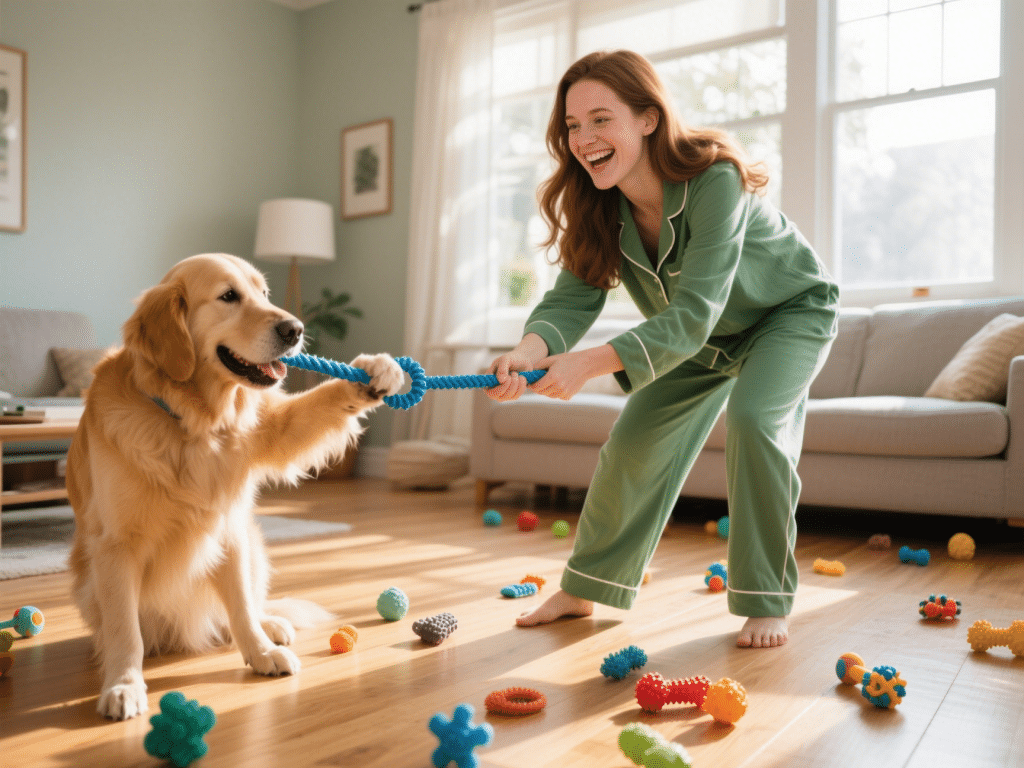
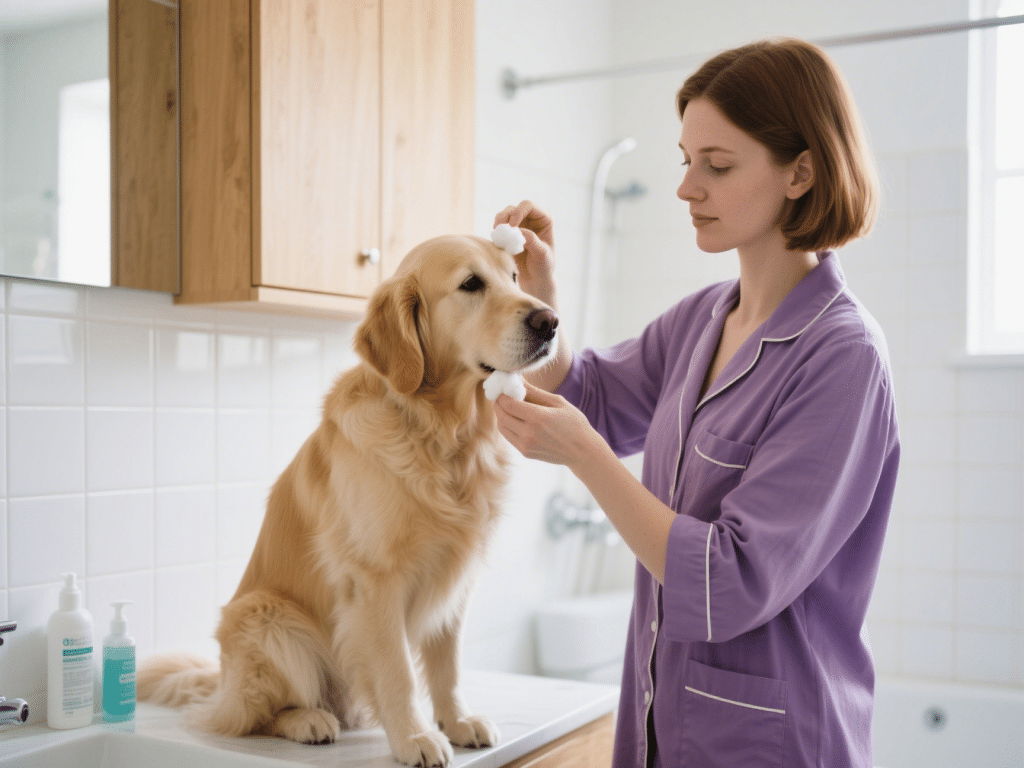
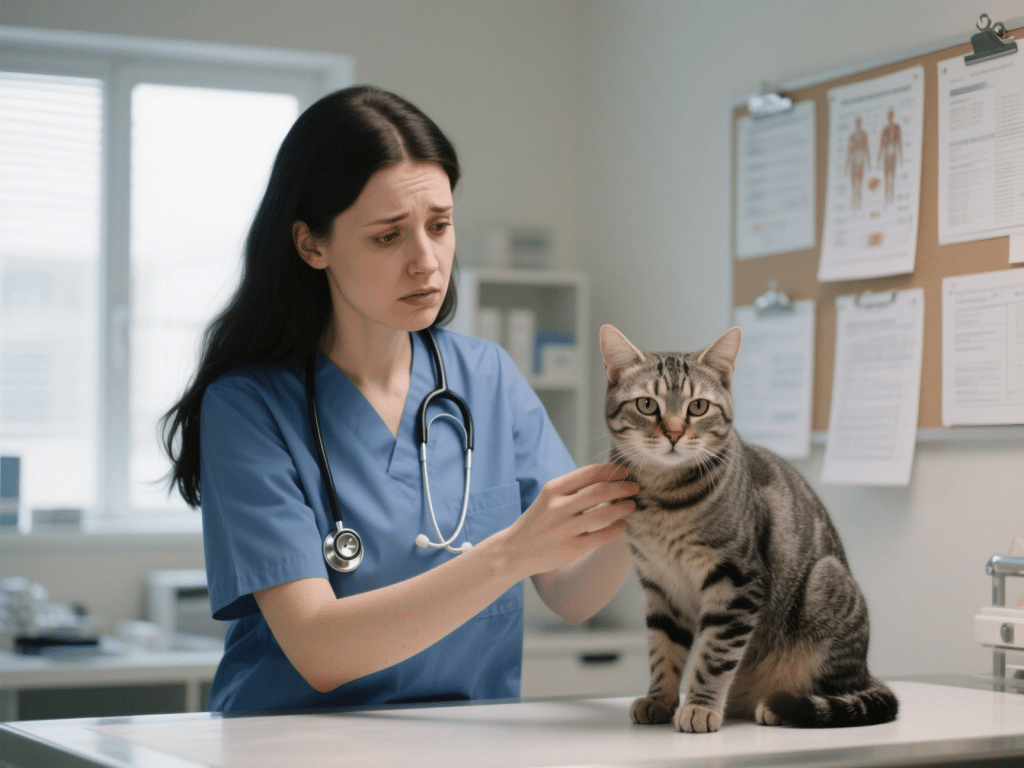

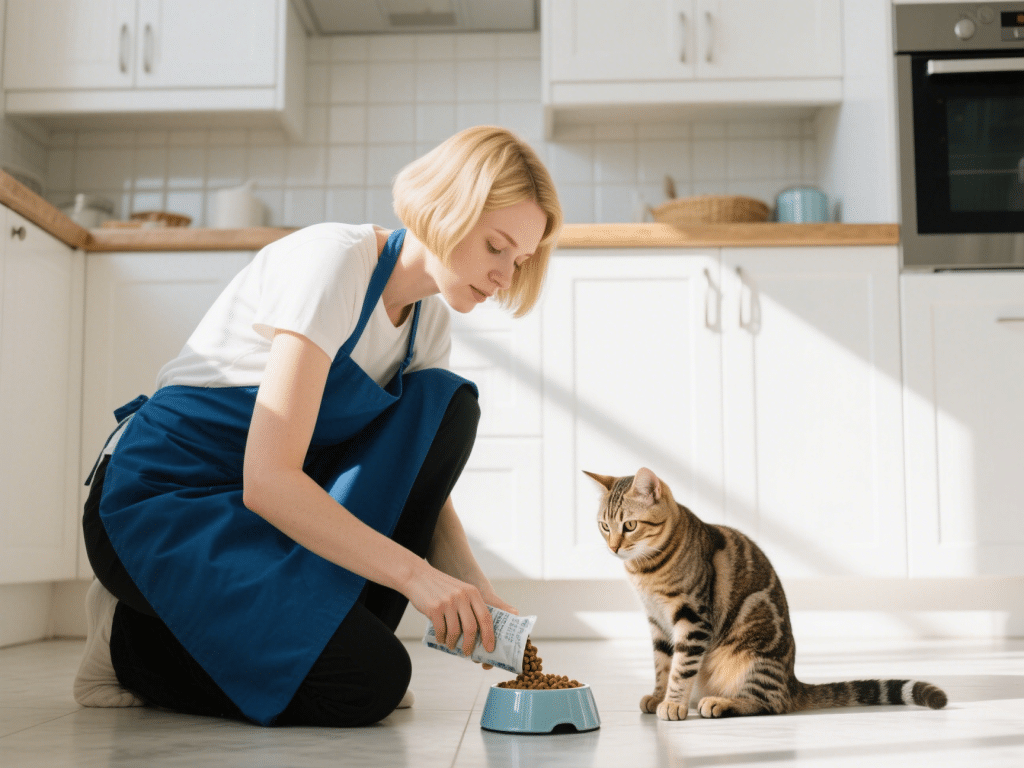
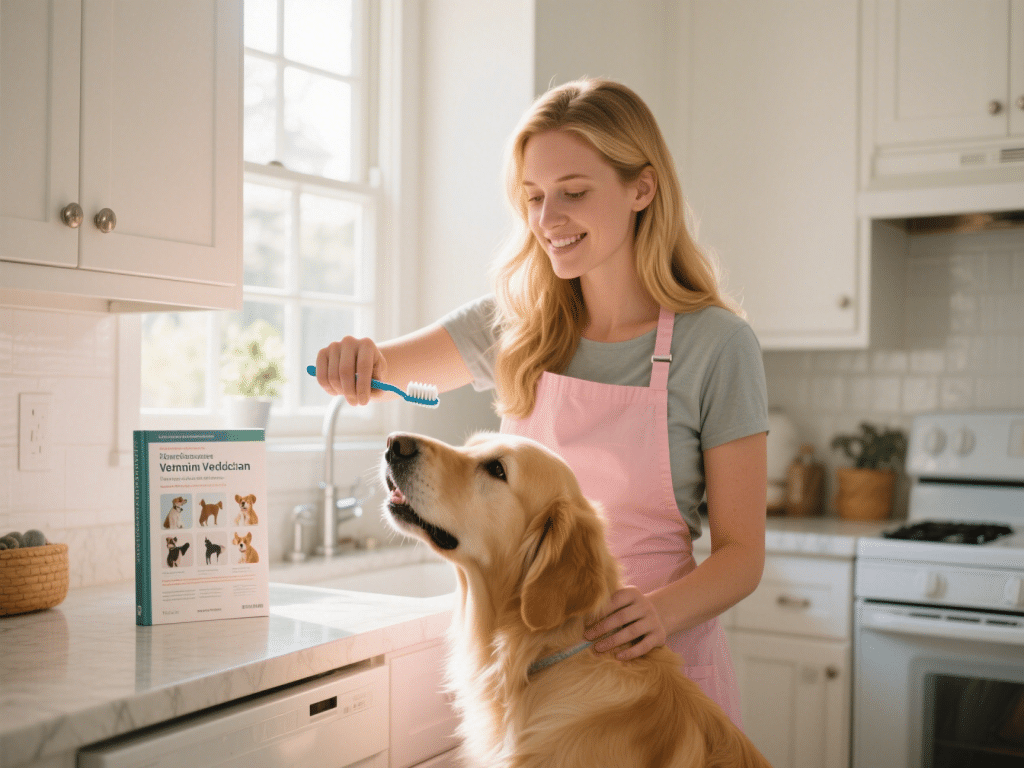
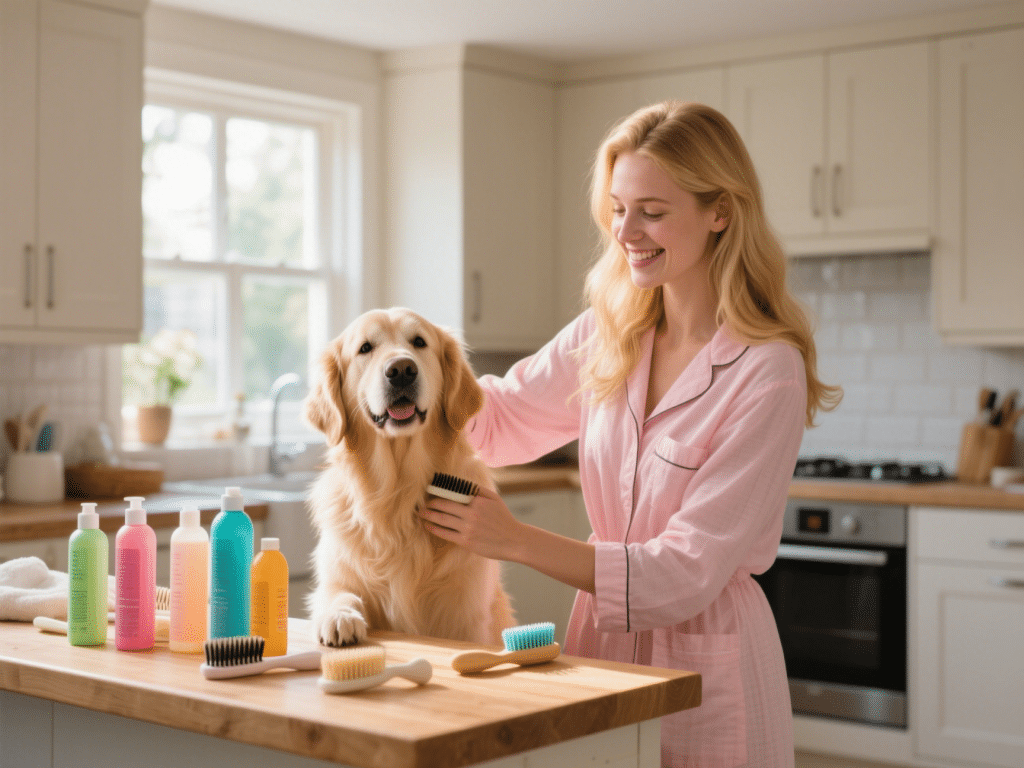


Comments on "Choosing the Right Toys for Your Pet: What to Consider" :